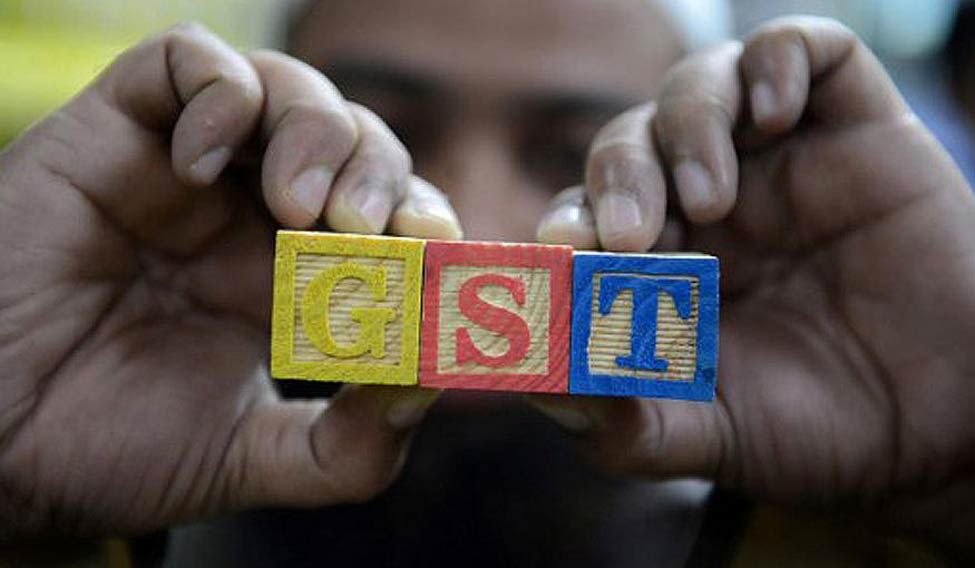After the chaos that resulted on account of an unprepared roll-out of demonetisation, India is likely to see a chaos of different sorts when the Goods and Services Tax (GST) comes into effect.
Participants at the national conference on GST, organised by trade body ASSOCHAM, raised numerous queries which suggested that a lot of nuts and bolts have to be tightened before the mother of all reforms comes into effect.
Najeeb Shah, chairman of the Central Board of Excise and Customs (CBEC), however, ruled out a single rate for GST. He said that the rate structure may be reviewed in the wake of demonetisation . “The Centre would not like the 'dual' structure to turn into a 'duel' structure,” he said. Shah inaugurated the conference on Thursday.
He said the CBEC would also look into anti-profiteering mechanism while the GST structure may undergo changes in the wake of the demonetisation of high value currency notes. He was, however, confident that there will be GST readiness on the part of the government and urged the industry to be ready. The issue of dual control among the states and the Centre was a matter of great concern. He reiterated that “we don’t want to reduce ‘dual’(GST structure) into duel", adding that the administration of state or centre will be dealing with one assessee only.
The issue and the manner in which it was raised apparently annoyed Shah. "I’m sick and tired of hearing that we should have one rate of GST."He further said, how can we have a one rate for edible, cars, atta, computers? We cannot have one rate but we can reach one rate 20 years down the line. So, we have to have multiple rates,” he said, pointing out that there was a wide range of commodities which is not taxed by the state administration, taxed by central excise and service tax regime. And vice-versa.
“The centre and the state are committed, and I’m sure that an issue will be resolved,” he said. The CBEC chairman maintained that the multiplicity of GST rates is the necessity due to the economic and political compulsion. The Government, unsure about exact compensation figures for states, may vary between Rs. 10,000 to 20,000 crore, he added. The central government and state governments have to collect Rs 8 lakh plus crores of revenue which they are currently getting from indirect taxes other than customs.
In the course of the GST council deliberations, for each state, a growth rate of 14% for 5 years has been assumed. It’s a huge assumption and the burden which central government has cast upon itself. “Stamp duty is one of the few taxes which the state governments still have and they are very protective about that. But having said that, can we bring the real estate into the GST scheme? Are we prepared for that?," he said.





